I’m sure you knew already, but in case you didn’t, I tell you: email marketing is one of the most powerful tools that exist to sell anything.
It’s incredible that something that was created more than 20 years ago is still that effective.
According to Campaign Monitor research, in 2016 the ROI for every dollar spent on email campaigns was 44 USD, compared with 38$ in 2015.
Email marketing on mobiles continues to grow, reaching a 68% open rate in 2016 compared with 21% in 2012.
If you are able to write compelling emails that receivers will choose to open and read you have a lot more chance that they’ll trust you and eventually buy from you.
But you really need to make sure you aren’t a pain in the neck and know how to present your sales pitch at the correct moment.
The problem with many emails is that they are scruffy templates with repetitive subjects containing the same pushy and sheer marketing techniques.
You really need to be creative and know your audience very well in order not to annoy them and send them away.
After all, we receive tons of emails each day. According to Statista, the number of sent and received e-mails per day worldwide in 2017 was roughly 269 billion.
This figure is expected to increase to over 333 billion daily emails in 2022.
Every single day.
Now, it’s very easy to unsubscribe from a mailing list and you can be sure that people who unsubscribe won’t come back.
You want them to stay and form part of your community.
So let’s see a few tips on how to avoid writing emails that will automatically end up in the spam inbox or grow spider webs in the unread inbox.
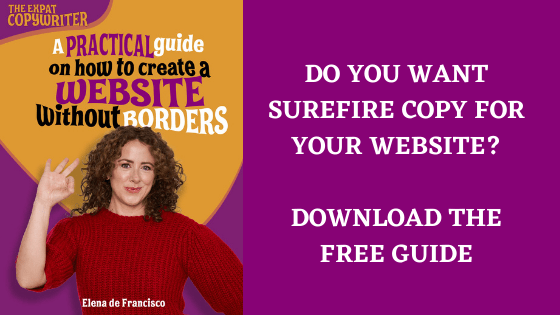
1. Yes, you guessed it. The subject line
You have to look at an email like at a book. If the title is crap you will never make the effort to read it, right?
So an email is the same.
Avoid clickbait subject lines like:
What they don’t want you to know about…
This is amazing. Have you read yet about…
They’ve been really used too often.
Think about what can generate curiosity in the reader.
Let’s see an example:
It’s time to rethink Black Friday
According to Sumo, this subject had a 57% open rate. That’s an amazing performance.
Pick a fad like Black Friday and give a hint on what the reader will find in the email. This title creates a certain curiosity and doesn’t contain worn-out expressions.
Try to be original and provoke the urge to find out more.
We don’t recommend starting a sentence on the subject and finishing it in the body of the email. This can annoy people since it doesn’t respect the audience.
If you want to invite your mailing list to read your content you can add the word NEW on the subject to promote that fresh blog post.
Don’t use it all the time because then it loses its attraction powers.
Sit and think about the best possible subject for the content of the email and try different formats: questions, X number of tips/reasons, NEW, etc. and test which ones work better.
Check this post where I decipher the formula to create exciting headlines and email subjects
You might take into consideration adding emojis (apparently they increase open rates) and numbers.
Some statistics have proven that the use of certain words on the email subject decreases open rates.
Some examples are luxury, free, help, last chance, $$$, etc.
Basically, in order to know which words you shouldn’t use, take a look at your spam inbox and avoid using the kind of words you’ll find there.
Last tip regarding email subjects, try not to be repetitive.
Use different formats and test what works better.
Who said writing emails was easy?
It isn’t but if you don’t try it you won’t see any benefits either.
Take a look at this infographic with dos and don’ts when writing good email marketing:
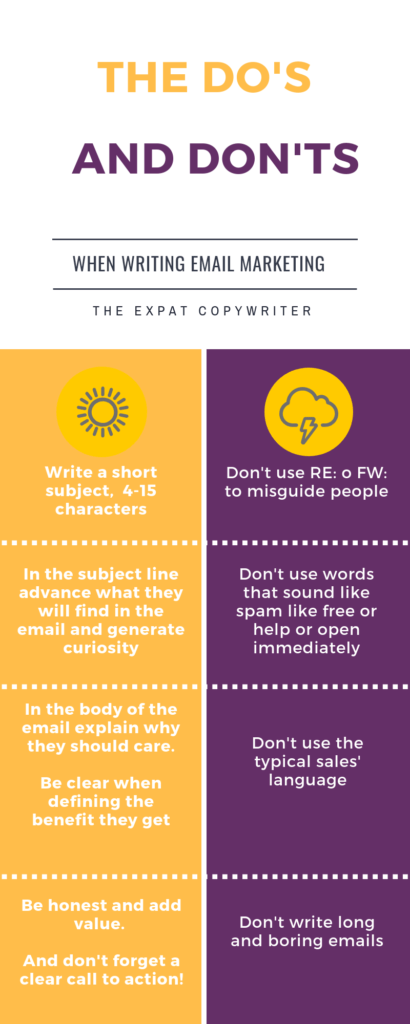
2. Don’t include a lot of links
This is one of the reasons certain emails end up in the spam folder.
Email servers get suspicious when they see a lot of links and classify them as spam.
Make sure you include only one link or a maximum of 2, so you make sure your email will go to the inbox and therefore will have more options to be opened and read.
3. Write an intro with a valid reason why they should care
The intro of your email is as important as the subject line.
Once the recipient opens the email she’ll read the first 2 sentences and decide within a second if she continues reading or will just delete it.
Therefore you have about 2 lines to tell her why she should care about this email.
It’s important to convey what kind of benefit she might take away when reading the whole email.
You might give some hints on the kind of problem you can solve or about important information she should know regarding a certain subject.
Let’s see some examples:
This email arrived recently in my inbox.
First of all, I must say that I hardly ever shop for clothes online because I still like to touch the items and try them on in the store.
Yet with this email, I took the bait.
And I’ll tell you why.
The subject line said, “Which of these models do you want at 70% for Black Friday?”
Normally I wouldn’t have opened an email like that. Firstly because I’m not a Black Friday fan and secondly because I don’t buy much online.
But the fact that I was given the choice among several models made me curious. I said to myself, well, I’m just going to look at which model I like best.


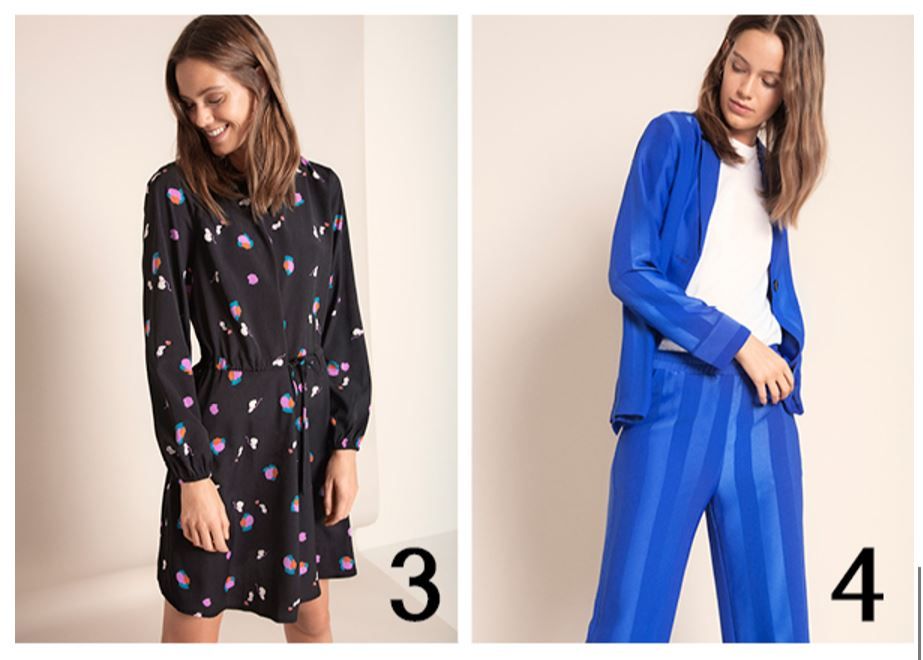
The email is in Dutch because I live in the Netherlands.
I clicked on it.
On the black dress.
This is definitely a very smart marketing technique.
Choose a little game or ask a question that the recipient has to answer in order to get her involved.
We all like to play and feel that we’re the ones deciding.
Let’s see a different example with a great opening.
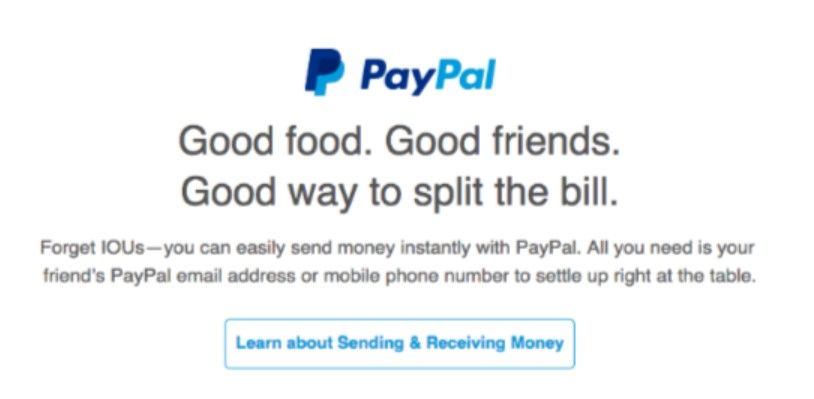
PayPal uses a very common situation in everyone’s life. You go out to have dinner with your friends and the bill arrives.
It’s always a pain to split it so PayPal is telling us that there’s a very easy way to deal with this awkward situation.
It’s a short and crisp email straight to the point and gives the reader a clear call to action.
This is a short email that doesn’t need a lot of explanation since PayPal is a very well-known brand.
But let’s see in the next section how you can make the receiver keep reading when we need to write a longer email.
4. Add curiosity seeds to your copy
Whenever you need to write long forms of copy, you have to make sure the prospect reads the whole email.
And you can do this by adding curiosity seeds.
Each sentence has to be the anticipation of the next one so the recipient reads up to the end where your CTA is.
Curiosity seeds is a concept introduced by copywriter Joseph Sugarman.
He would very often end a paragraph with one of these transitional sentences in order to retain the reader’s attention:
- Let me explain why
- And now comes the best part
- Not only that
- What’s more
- Even more importantly
These transitional phrases push the reader to keep reading in order to know more.
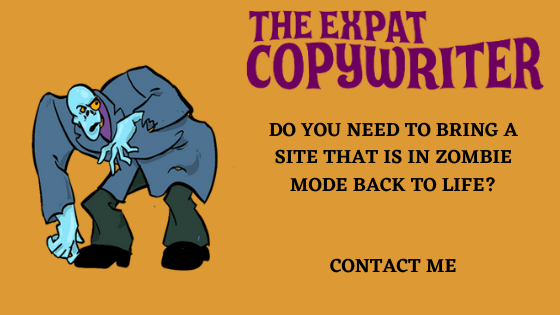
5. Break the copy into small chunks
An email shouldn’t look like a chapter in a Tolstoy novel.
If you write long paragraphs with lots of commas readers will feel weighed down and probably delete the email before they finished reading the first 2 sentences.
Break the copy into small chunks, 2 sentences maximum per paragraph.
You can use photos to make the email more attractive to the eye but if you do so, take into consideration those readers with images disabled.
For these cases, you need to make sure the copy is still readable and the email doesn’t look scruffy.
6. Add an attractive CTA
If you have made it and the prospect has read all the way til the end, make sure he doesn’t leave without taking that action you have thought of before sitting down to write your email.
Make sure there is always something for the reader when they click on it.
Stick to your promise, if you tell them they will find a free e-book with marketing tips, make sure that’s what they find when clicking on the link.
I like InVision CTAs because they are always different, like in this example.

Summing up
We are all very busy and don’t have time to read every single email we receive in our inboxes.
So when writing emails to your list, make sure you’re being helpful and go straight to the point.
Tell them clearly what’s the purpose of your email and what kind of benefit they will obtain.
And if it’s an informative email, give valuable information they can take away with them.
As always be honest and stick to your promises.
Mastering the art of writing emails is not an easy task, you need to observe what experts are doing.
Study the emails you receive in your inbox and decide which ones you like and why.
You can also observe what kind of words they avoid and what kind of subject lines they use.
And then practice a lot!
Featured image: Kai Schreiber

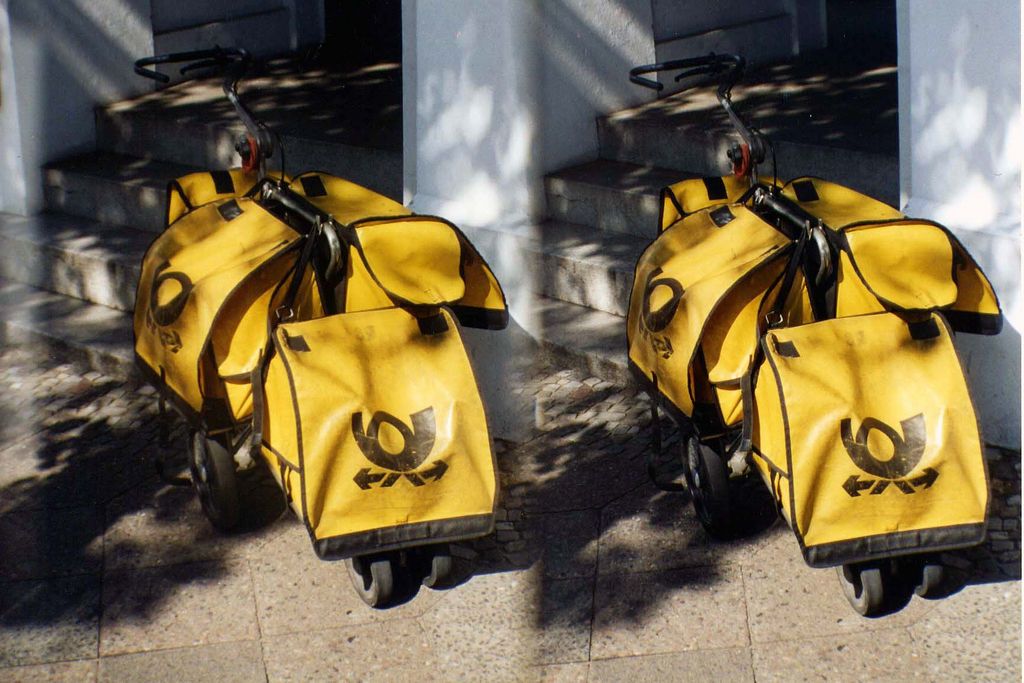

Thanks for sharing this helpful resource! I’ve bookmarked it for future reference.
Thank you Skilz! Happy that you found my article helpful